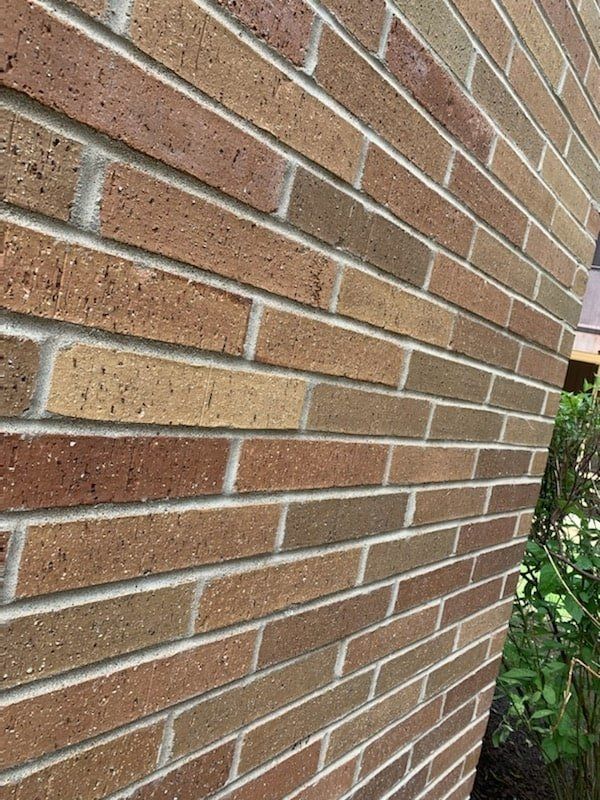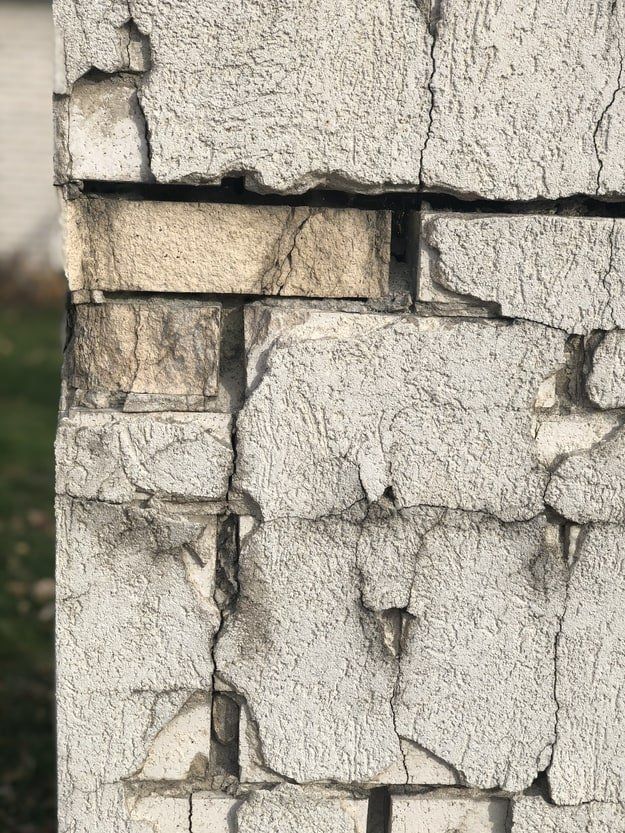Are cracks in brick veneer normal?
When you look at structures, on closer inspection, you can see some defects or some cracks on their surface. The reason for these damages is due to various reasons such as moisture and can indicate a much bigger problem such as issues with the foundation of the building. If this is the case with your property that is made of brick veneer, you are probably wondering if cracks on a brick veneer are normal or if it should be a cause of concern.
To know if the particular crack on your structure that is made of brick veneer is worrisome, you may need to inspect other parts of your home or commercial property or to have them assessed by a professional to be sure.
What is a brick veneer?
To be able to know if the cracks on your walls are harmful, the first thing we have to understand is what a brick veneer is. Brick veneer is very different from a structure that is made out of bricks, in the sense that a brick veneer is not the main structural support of a building as it is only usually covering the main one for visual appeal.
For example, a house that is made of concrete or wood may be unappealing for its owners, so they decided to make it look like it was made out of brick by asking the contractor to install a brick veneer. As we all know, bricks are very popular due to their aesthetic look, which is why veneers have also become a hit as they are absolutely cheaper when compared to using real brick for the whole structure of the home.
How are veneers installed?
The installation of a brick veneer can be considered an art, and this is why a contractor who is experienced is ideally hired to guarantee efficient work. Instead of an attractive look, your brick veneer will look cheap if it is not done properly. Before starting, experts usually prepare your wall by cleaning its surface and then applying a ledger to keep the bricks straight, which is very important to achieve a seamless and classic look. Some professionals cut the bricks on their site so that it is ready on the day of the installation, and some cut it on the day that they will be installed.
When the surface of the wall and the materials are ready, the contractor will start the installation of the bricks. They do this by applying mastic with a trowel and sticking the bricks that were cut while leaving some gaps for the grout that will be put later. Once the bricks are installed and are sure to be level, the laborer will let them dry for at least a day or two before applying the grout to the gaps.
Is it normal to have cracks on brick veneer?
Fortunately, cracks on brick veneers are not usually a big cause of concern. This is because, as said earlier, veneers are actually not the main structural support of a building and are often just installed over the support to cover the surface and make it look like a real brick structure, which is very expensive to build. For example, if your building’s main support is made of concrete and the brick veneer outside is cracked, the problem is only affecting the brick that is only for design and will not affect the integrity of your home. If your house was built in the 1950s, it is very common for buildings to have brick veneers as a way to achieve an attractive look without spending too much money.
When should I worry?
Even though cracks on a brick veneer are normal, their presence can be the indicator of a much bigger problem. One of the causes why bricks are prone to cracking is due to their porous nature which means that they can expand naturally or when they are constantly exposed to moisture, which is very detrimental to most construction materials like brick and concrete.
If it is apparent that the cracks are only on the surface of your brick veneer, this is not a cause of concern. However, if the cracks are deep and can be found not only on the surface of your brick veneer but also on the inner side of your building’s structure, there is a huge chance of trouble. When cracks are threatening the integrity of your home, it can lead to foundation problems which are very dangerous and can be the reason for accidents and injuries to happen.
Checking for cracks on the main support of your home can be difficult especially if it is covered by a veneer, which is why you need to get the help of someone with a trained eye. You can also inspect the inside parts of your home and check if the windows and doors can still be closed properly. If you are having difficulty in closing them, this indicates that there is indeed a serious problem such as sagging and dropping walls or ceilings.
Reasons for cracking
Bricks are very durable materials, but this does not mean that they do not have a weakness. As mentioned earlier, one of the main reasons why bricks are prone to cracking is due to their porous nature. When they are often exposed to harsh temperature and high humidity, it is expected to eventually show some signs of damage after a couple of years.
Cracks can also show due to damage from external factors such as fallen trees from storms and strong winds. These cracks can be vertical, horizontal, or step-like which can be harmless or more dangerous depending on the type.
What should I do if there are cracks on my brick veneer?
If you see some cracks on your veneer, do the initial inspection yourself to see if there are any large cracks that need immediate repair. Open and close your doors and windows and check if they can be manipulated normally if it is harder to use. Cracks on brick veneers are normal but to be on the safe side, have your structure assessed by a professional to lessen your worries. They will tell you if the cracks are dangerous and what needs to be done to repair the brick.
Ask your contractor if they are experienced and if they are insured to make sure that they are prepared in case of unforeseen circumstances to protect your property. Before getting their services, you can request a price quotation for you to be ready for the expense in the event that you will need to have your building repaired.



